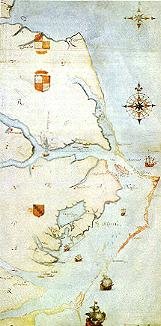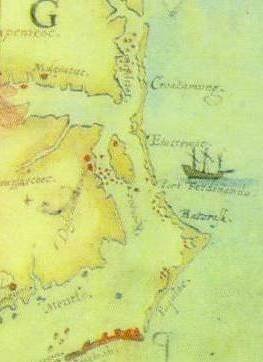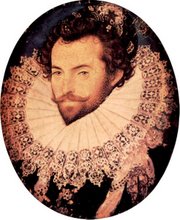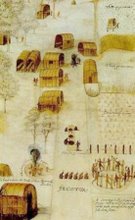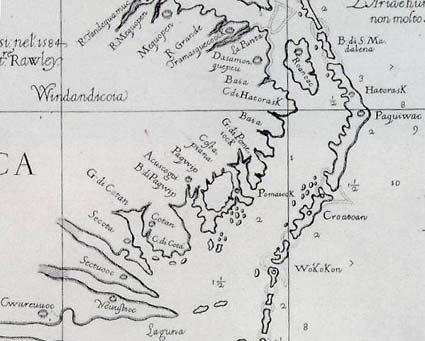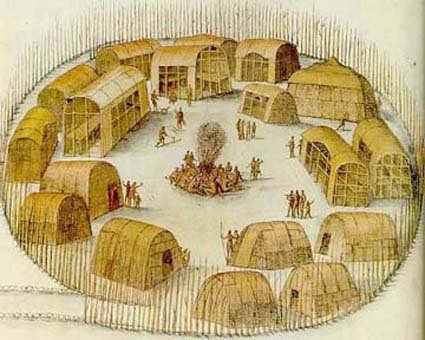PRESS RELEASE
EMBARGOED:
Not for release until 5:00 p.m. EDT (US time) on Tuesday, April 1, 2008.
Scientists reshape Y chromosome haplogroup tree gaining new insights into human ancestry
Wednesday, April 2, 2008 The Y chromosome retains a remarkable record of human ancestry, since it is passed directly from father to son. In an article published online today in Genome Research (www.genome.org), scientists have utilized recently described genetic variations on the part of the Y chromosome that does not undergo recombination to significantly update and refine the Y chromosome haplogroup tree. The print version of this work will appear in the May issue of Genome Research, accompanied by a special poster of the new tree.
Human cells contain 23 pairs of chromosomes: 22 pairs of autosomes, and one pair of sex chromosomes. Females carry a pair of X chromosomes that can swap, or recombine, similar regions of DNA during meiosis. However, males harbor one X chromosome and one Y chromosome, and significant recombination between these dissimilar sex chromosomes does not occur. Therefore, the non-recombining region of the Y chromosome (NRY) remains largely unchanged over many generations, directly passed from father to son, son to grandson, and so on, along with genetic variations in the NRY that may be present. Scientists can use genetic variations, such as single nucleotide polymorphisms (SNPs), on the Y chromosome as markers of human ancestry and migration.
In 2002, the Y Chromosome Consortium (YCC) constructed a tree of 153 haplogroups based upon 243 unique genetic markers. In this report, researchers led by Dr. Michael Hammer of the University of Arizona recognized the need to revisit the Y chromosome haplogroup tree and incorporate the latest data. The YCC effort in 2002 was a landmark in mapping the then known 300 or so Y-linked SNPs on a single tree, and getting the community to use the same nomenclature system, explains Hammer. The rate of SNP discovery has continued to increase over the last several years, as are publications on Y chromosome origins and affinities. While this new information is useful, ironically it also brings with it the danger of introducing more chaos into the field.
Hammer's group integrated more than 300 new markers into the tree, which allowed the resolution of many features that were not yet discernable, as well as the revision of previous arrangements. The major lineages within the most common African haplogroup, E, are now all sorted out, with the topology providing new interpretations on the geographical origin of ancient sub-clades, describes Hammer. When one polymorphism formerly described as unique, but recently shown to have reversed was replaced by recently reported markers, a sub-haplogroup of haplogroup O, the most common in China, was considerably rearranged, explains Fernando Mendez, a co-author of the study.
In addition to improving the resolution of branches, the latest reconstruction of the tree allows estimates of time to the most recent common ancestor of several haplogroups. The age of [haplogroup] DE is about 65,000 years, just a bit younger than the other major lineage to leave Africa, which is assumed to be about 70,000 years old, says Hammer, describing an example of the fine resolution of age that is now possible. Haplogroup E is older than previously estimated, originating approximately 50,000 years ago.
Furthermore, Hammer explains that this work has resulted in the addition of two new major haplogroups, S and T, with novel insights into the ancestry of both. Haplogroup T, the clade that Thomas Jefferson's Y chromosome belongs to, has a Middle Eastern affinity, while haplogroup S is found in Indonesia and Oceania.
More SNPs are being discovered, and we anticipate the rate to increase with the 1000 Genomes Project, says Hammer, referring to the wealth of human genetic variation data that will soon be available. While this report represents a significant advance in mapping ancestry by Y chromosome polymorphisms, it is certain that future discoveries will necessitate continual revisions to the Y chromosome haplogroup tree, helping to further elucidate the mystery of our origins.
Scientists from the University of Arizona (Tuscon, AZ) and Stanford University (Stanford, CA) contributed to this study.
This work was supported by the Salus Mundi Foundation.
Media contacts:
Michael Hammer, Ph.D., has agreed to be contacted by email for more information (mfh@u.arizona.edu).
Interested reporters may obtain copies of the manuscript from Peggy Calicchia, Editorial Secretary, Genome Research (calicchi@cshl.org; +1-516-422-4012).
About the article:
The manuscript will be published online ahead of print on April 2, 2008. Its full citation is as follows: Karafet, T.M., Mendez, F.L., Meilerman, M.B., Underhill, P.A., Zegura, S.L., and Hammer, M.F. New binary polymorphisms reshape and increase resolution of the human Y-chromosomal haplogroup tree. Genome Res. doi:10.1101/gr.7172008.
About Genome Research:
Genome Research (www.genome.org) is an international, continuously published, peer-reviewed journal published by Cold Spring Harbor Laboratory Press. Launched in 1995, it is one of the five most highly cited primary research journals in genetics and genomics. About Cold Spring Harbor Laboratory Press: Cold Spring Harbor Laboratory Press is an internationally renowned publisher of books, journals, and electronic media, located on Long Island, New York. It is a division of Cold Spring Harbor Laboratory, an innovator in life science research and the education of scientists, students, and the public. For more information, visit www.cshlpress.com. Genome Research issues press releases to highlight significant research studies that are published in the journal.



